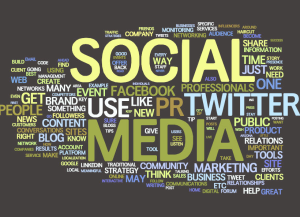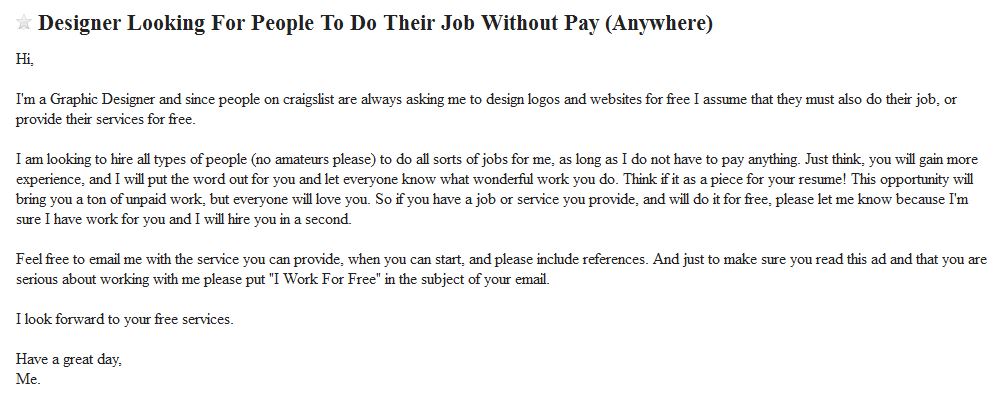 I need to work harder. I have 11+ communities that I need to build around 11+ different topics. I don't have much idea how to do that, let alone doing it quickly, but that is what I need to do at work right now. The only idea I really have is to write. Write blog posts, write newsletters, write tweets, write Facebook status updates, you name it. Writing is what I do best and content marketing is what I know. I don't have any other solid ideas, and at least great content and content marketing has already been proven to work to build a community. It's just not something that gets done quickly. However, if you start and do it well, then it will work wonders in terms of building (and keeping) an active community.
I need to work harder. I have 11+ communities that I need to build around 11+ different topics. I don't have much idea how to do that, let alone doing it quickly, but that is what I need to do at work right now. The only idea I really have is to write. Write blog posts, write newsletters, write tweets, write Facebook status updates, you name it. Writing is what I do best and content marketing is what I know. I don't have any other solid ideas, and at least great content and content marketing has already been proven to work to build a community. It's just not something that gets done quickly. However, if you start and do it well, then it will work wonders in terms of building (and keeping) an active community.
I've Blogged About Recruiting and Have Never Worked in HR
I spent about nearly two years writing blog posts for the RPOA, a recruitment association that was a client of one my previous clients, Webbright Services. I never worked a day in the recruiting industry when I wrote my first blog post for them, and if I remember correctly, I seriously said that the fact my mother has over 10 years experience in human resources as part of my credentials. However, when you write weekly blog posts for a recruiting association that are based off of hours of webinars for recruiting professionals, you can learn quite a bit about recruiting in a short amount of time. It's not the only example from my career, but it's a gig that I enjoyed.
Perhaps that's just what I should do: watch a ton of videos and webinars about the topics I need to focus on and write blog posts based off of what I've watched and learned. I should do this every day and see how far I can go. I wish there were 11 days in a week, then it could be one topic for each day of the week. Alas, that is not the case, so I'm probably going to have to shoot for writing multiple times per day to make magic happen.
Excellent, Original Content is a Rallying Cry
Sure, there are tons of people doing original content and who have something to say. Not all of it is great and not all of it eventually congregates people into a community around it. But, if you're one of the few who can write well and who has important, interesting things to say, then that's a competitive advantage that's for competitors to replicate. By the time the effort put original content yields results that turns heads, competitors are playing catch-up. The idea and hustle of original content is part of that "golden moment' I previously mentioned. If this is truly the moment I've been training for, then I need to work harder and better utilize the training that I have. That training is in content marketing, writing original content and in being a chameleon who can write well on nearly everything.
Original content and content marketing is also a golden opportunity because so few folks in my space are doing this well. They fill their blogs with a company announcement featuring the product's newest features and latest updates.
BORING!
Nobody cares. Nobody wants to read about what's new in version 4.1. How is that valuable to anyone except the company? Current customers don't care because what's new may not be anything they want or is relevant to them. After all, they were perfectly happy on the previous version and probably had no idea about an upcoming version or what was going to be in it. Too many folks have the misconception that the company blog (one of the best places for original content) is for current customers or should be about the company, when the company blog should be about potential customers and what they want to read about. The company blog is a fantastic way to pull people in, pull folks in who don't yet know about you.
Enough About Me and Enough about Writing Here
It's time to start writing elsewhere. My personal blog isn't the platform to be building those other communities that I need to build, although it makes great practice.





